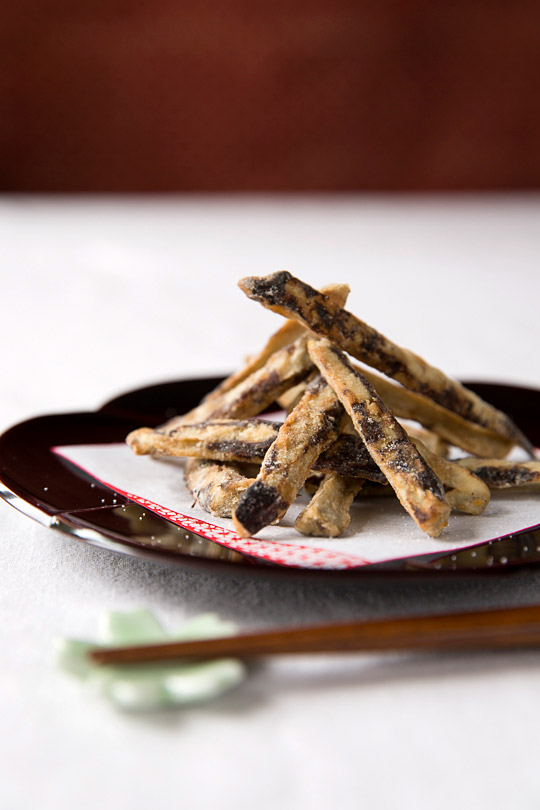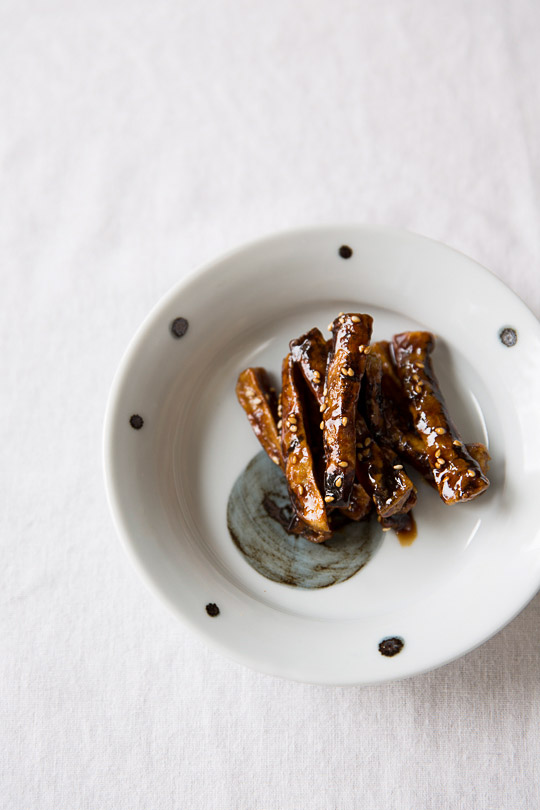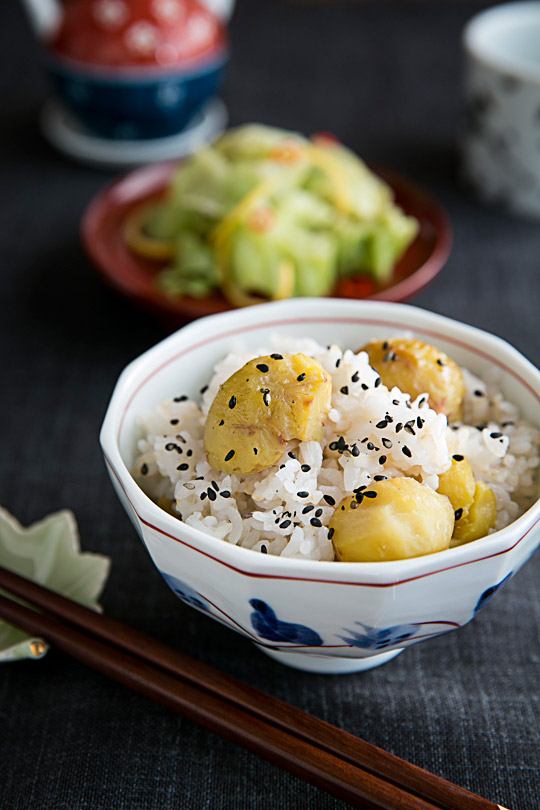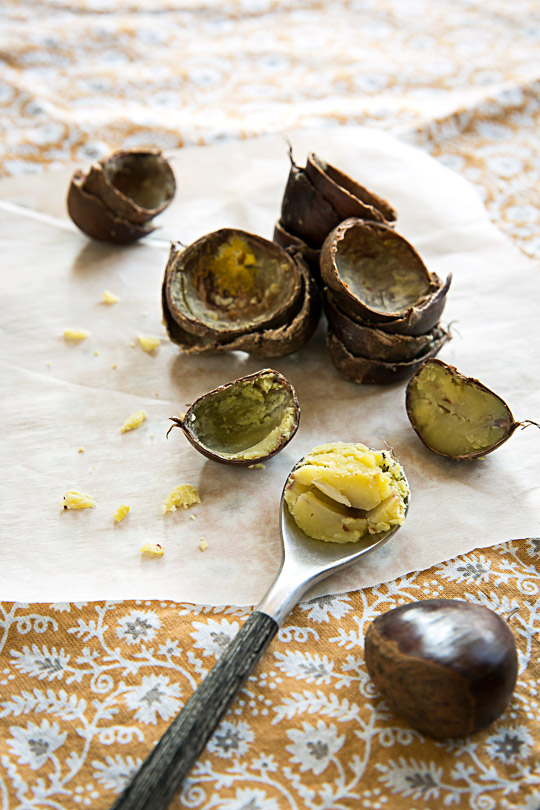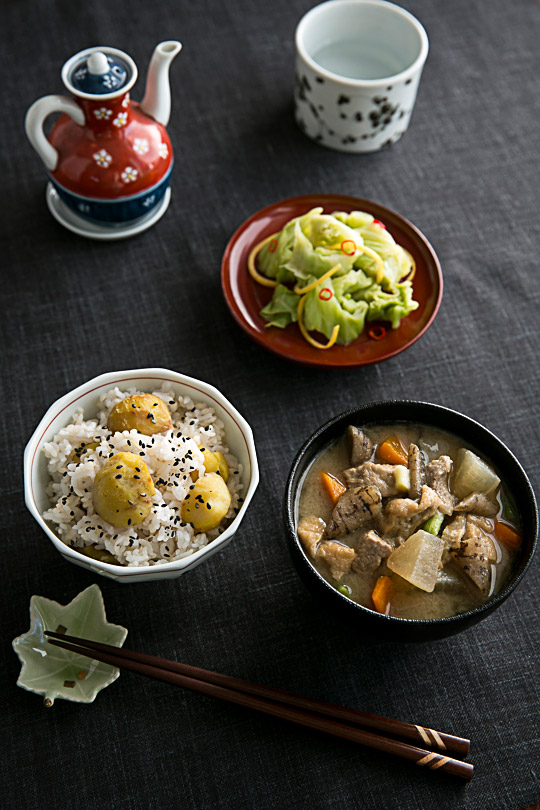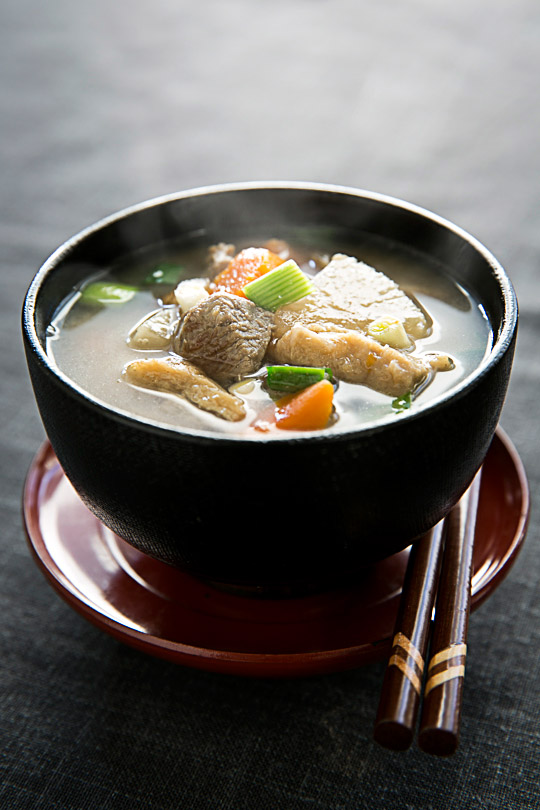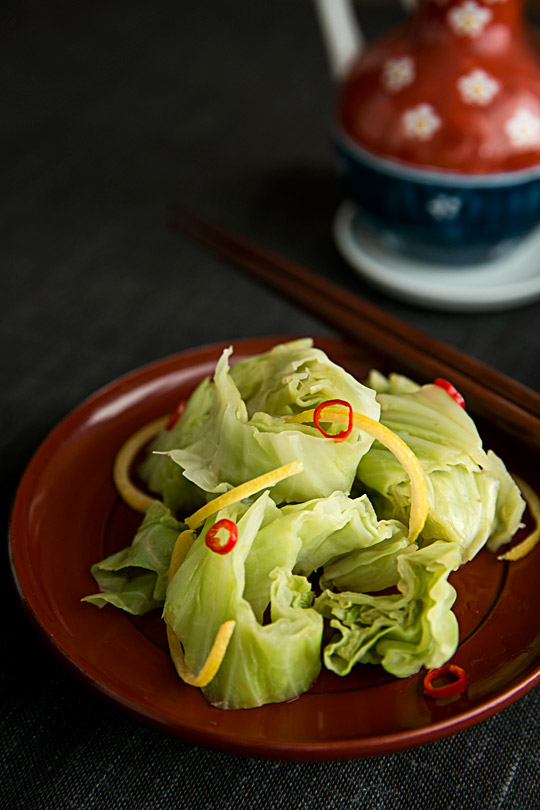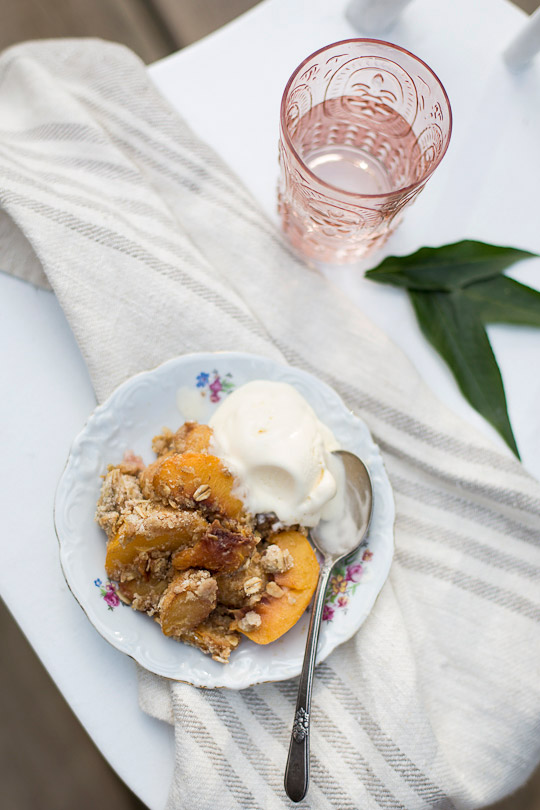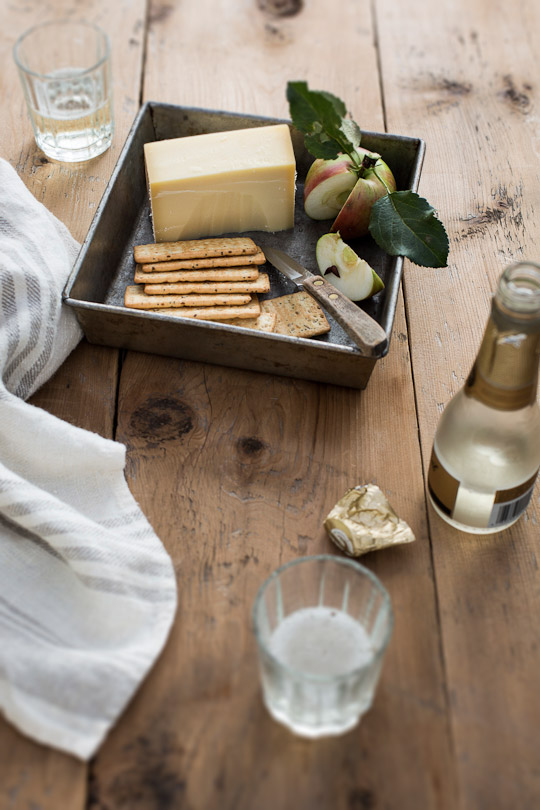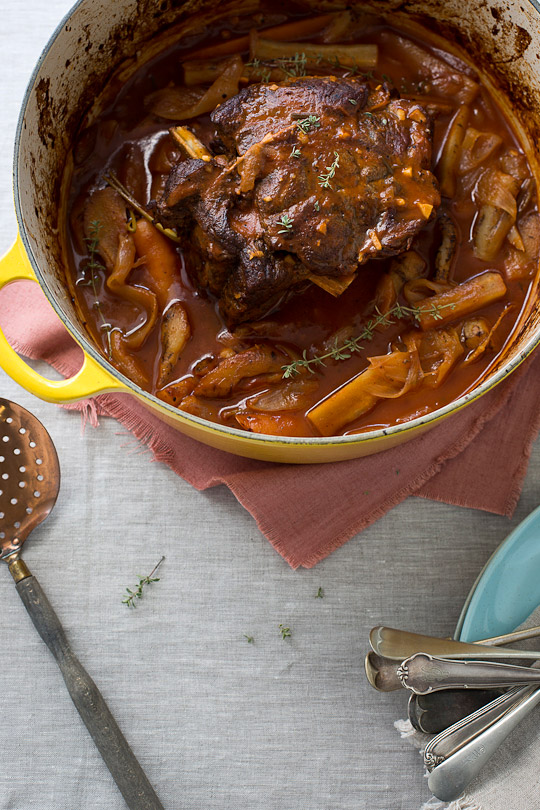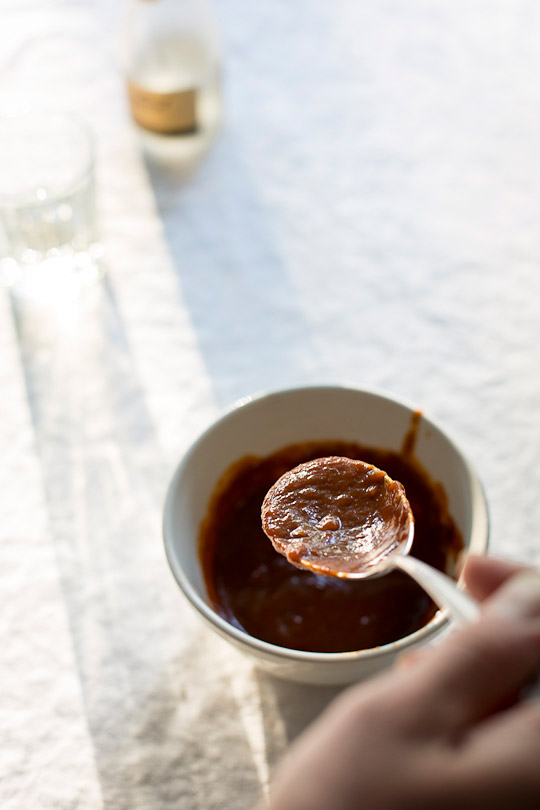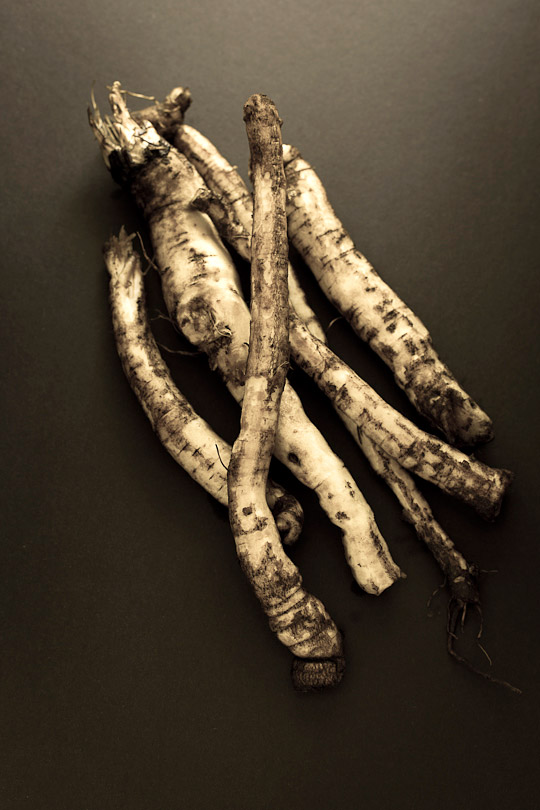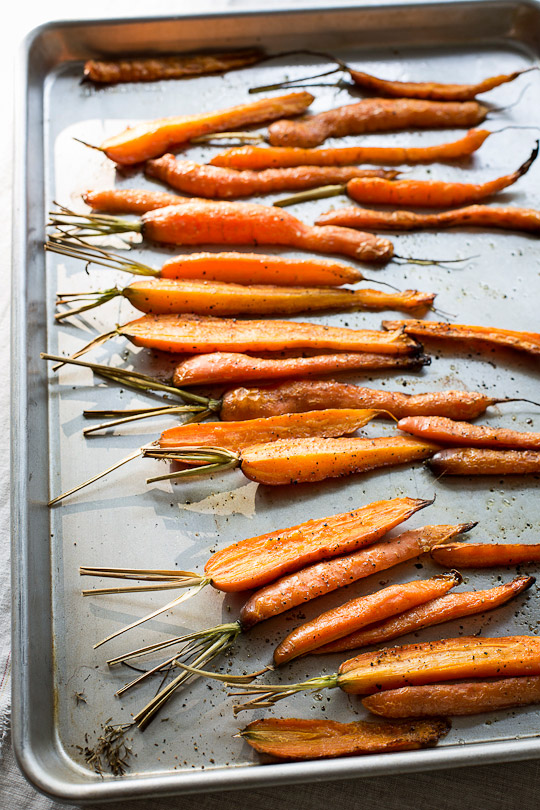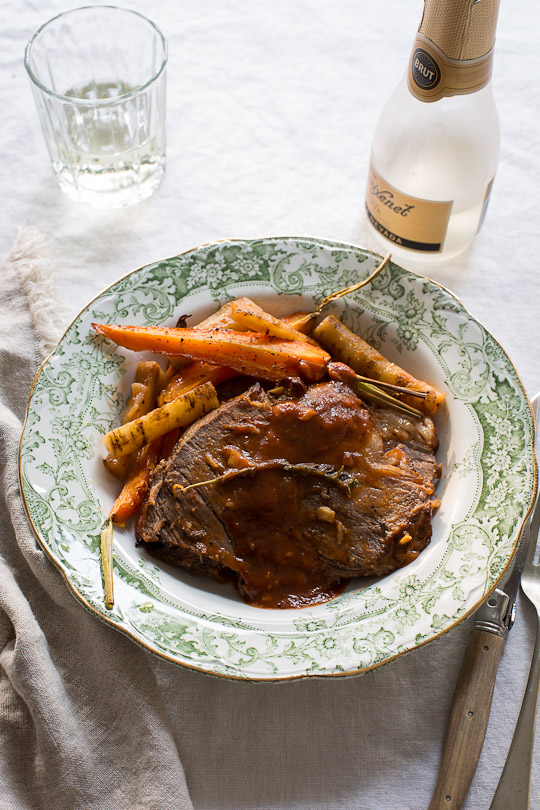It’s kind of late for “Happy New Year” but I wish all of you fantastic readers out there a great year with lots of love, peace, great health and of course, good food!
Since we came back from our trip to Japan almost a week ago, things have finally started to settle down. Although I’m still lingering over the vibrant memories that we created with our friends and family during the trip, I am refreshed and very much looking forward to another exciting year to come.
I meant to upload some photos during the trip in Japan, but then there was so much happening in the city, so many materials to see and so much scenery to observe. So I decided to live in the moment, completely abandoning the idea of posting news, totally cutting myself off from emails and online activities and soaking up the culture that I had truly missed. This act really helped me a great deal to feel rejuvenated and renewed. No computers, no Internet. I even enjoyed using pay phones everywhere we went; however, it was very hard to spot them! I appreciated the simple things in such a technologically advanced country.
As I was wondering what I would post for goboroot’s 1-year anniversary, I received an email in the nick of time from one of my readers asking if I had a recipe for gobo “French fries” in my archives. He was on a business trip to Japan last week and seemed to have enjoyed lots of gobo in many different dishes. What better way to celebrate the website’s anniversary than to share this delicious recipe! I quickly went into my kitchen and used the last batch of gobos I had saved from last year, turning them into these mouthwatering snacks. Oh, it was a worthy usage of my precious gobos!
So thank you for the great inspiration, Mike. Comments like this from readers have always kept me inspired to update my blog and have encouraged me to pursue my journey. So a big THANK YOU to everyone who supported me along the way!
I will post some photos from the Japan trip with some news very soon. So stay tuned!
Deep Fried Gobo
Serves 4
1 lb gobo, preferably organic
Sea salt
All purpose flour
Cornstarch
Vegetable oil
Wash gobo root thoroughly to remove the dirt. Using the back of a knife, remove coarse hair and skin. You can leave some skin on, as it is said by Japanese culinary experts that the skin contains more nutrients.
Cut into ¼ to ½ inch strips and soak in cold water for 10 minutes. Continue to change water until it becomes clean.
Fill a large pot with water and cook the gobo on high heat until tender (but it should still have a bite to it), for about 10 minutes. Drain well and pat dry.
Heat the vegetable oil in a deep frying pan to 180C. Combine the salt, flour and starch in a large bowl. Add the gobo, coat well with flour mixture and then remove excess flour.
Deep fry until the gobo turns a golden colour. Sprinkle salt over top if you like. Serve hot.
Caramelized Sweet and Salty Gobo
If you have any leftovers, try this recipe, as we frequently devoured them with a big bowl of rice for breakfast while in Japan. Thanks to my auntie, who enthusiastically introduced this dish to us along with mentaiko (spicy raw Pollock eggs) and nori in the morning.
Leftover deep fried gobos
1 tablespoon brown sugar (I used Okinawa black sugar and loved the rich flavour)
2 tablespoons soy sauce
Roasted white sesame seeds
In a medium pan, heat the sugar and soy sauce over medium heat until bubbling. Add the gobos and stir continuously to mix until the texture of the sauce is sticky. Sprinkle sesame seeds over top. Serve hot or at room temperature with some rice.

